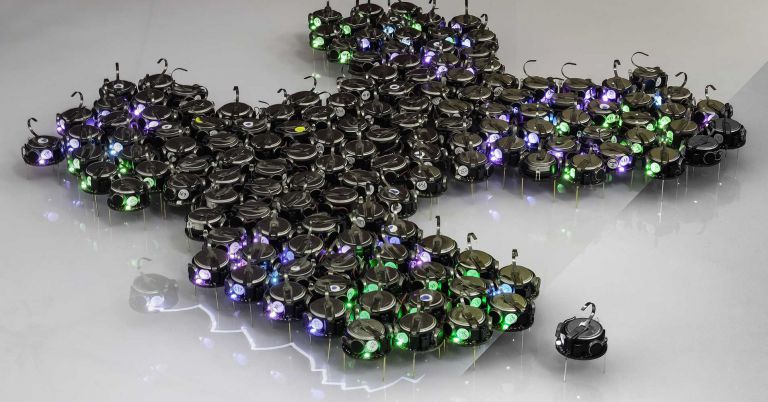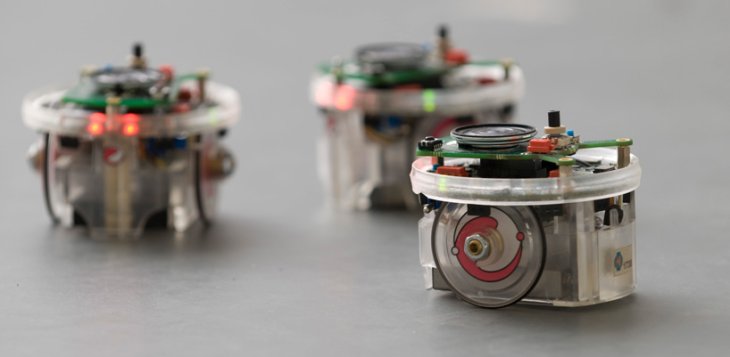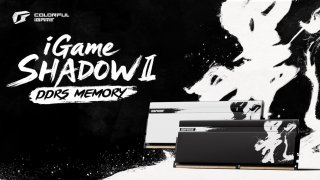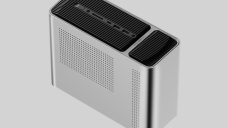No Need A Design Blueprint, Swarm Robots Can Form Biological Structures
Jyotis - Jan 15, 2019

The researchers may develop them to generate three-dimensional structures in the same way as how biological cells work in organs or tissues, or how ants cooperate with each other to build bridges.
This is a new kind of unmanned swarm robots that can partner with together to establish different shapes and structures when they don’t receive specific design blueprints or instructions.

How these swarm robots communicate with others has some similarities with our body’s cells. In the journal Science Robotics, research explained that the bots would rely on signals transferred to another bot to move to various directions. The robotic networks are expected to set up bridges, as well as other structures to reduce possible disasters in reality.
The European Molecular Biology Laboratory in Barcelona revealed its latest research concerning a new development of the Swarm Organ project to design robots which can function as biological structures and cells.
If cells release chemicals to contact with each other and identify those released by their fellow bots, the kind of robots can generate short-range infrared signals with the maximum only 10-centimeter distance.
In addition, a signal transmitted from the swarm robots informs others of the amount of their “morphogen,” a simulated substance. A morphogen is a term to indicate the virtual version of a biological signaling molecule. Each code of any robot has a separate value, corresponding to how much of morphogen are linked with that bot.
When doing experiments with the loose swarm, the researchers instructed every robot to find out a “Turing spot” – the place where there are a lot of Morphogens. These swarm robots with more significant amounts of Morphogens worked as hubs to contain the others.

The robots in this latest research generated many different structures and shapes; however, bugs sometimes occur. They could make a mess that wasn’t seen in those of earlier experiments simulated on computers. Some robots were even realized to tilt out of the cluster to look for the greater one somewhere.
The project of bio-based swarm robots has now been under the initial research. However, in the not far future, the researchers may develop them to generate three-dimensional structures in the same way as how biological cells work in organs or tissues, or how ants cooperate with each other to build bridges.
Featured Stories

Gadgets - Jul 21, 2025
COLORFUL Launches iGame Shadow II DDR5 Memory for AMD Ryzen 9000 Series

Gadgets - Jun 23, 2025
COLORFUL SMART 900 AI Mini PC: Compact Power for Content Creation

Review - Jun 18, 2025
Nintendo Switch 2 Review: A Triumphant Evolution Worth the Wait

Gadgets - Jun 18, 2025
Starlink: Why It’s a Big Deal for U.S. Internet in 2025

Gadgets - Jun 17, 2025
How Custom PC Setups Support India's Esports Athletes in Global Competition

Gadgets - Jun 12, 2025
Lava Prowatch Xtreme Launches with Google Fit Integration

Gadgets - Jun 07, 2025
Fujifilm Instax Mini 41 Launches in India: Stylish Instant Camera Now Available...

Mobile - Jun 07, 2025
Realme C73 5G Launches in India: Budget 5G Phone Starts at ₹10,499

Gadgets - Jun 07, 2025
OnePlus 13s Makes Indian Debut: Compact Flagship Brings Premium Features at...

Gadgets - Jun 07, 2025
Comments
Sort by Newest | Popular